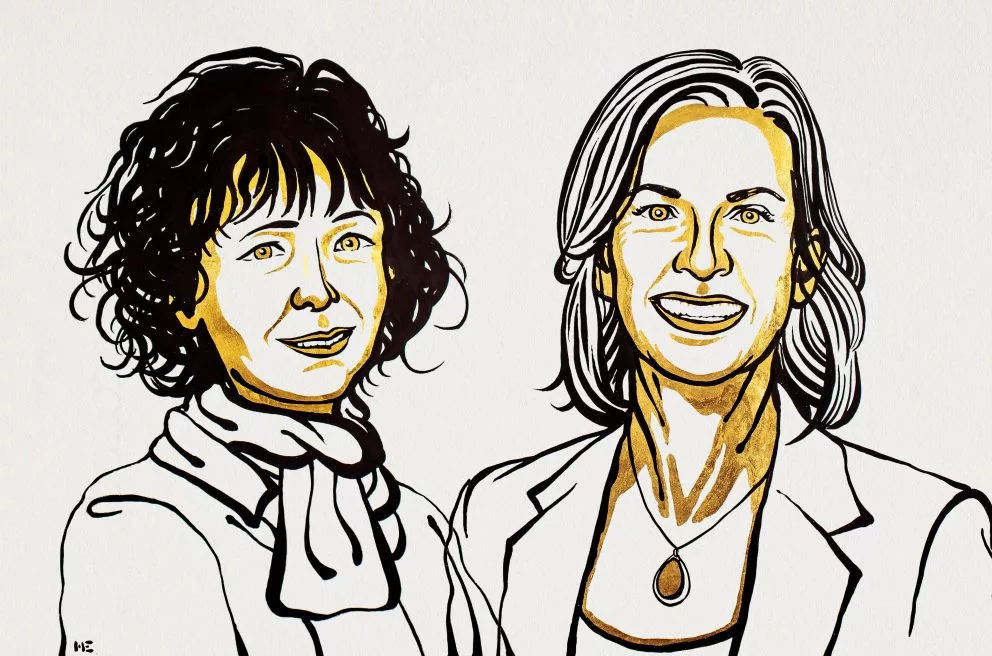The 2020 Nobel Prize in Chemistry has been awarded to the two scientists who discovered and refined the CRISPR/Cas9 gene-editing tool. One of the most important scientific breakthroughs of the last decade, CRISPR allows for relatively simple editing of genes and could revolutionize medicine, agriculture and other fields.
The initial discovery was made by Emmanuelle Charpentier, of the Max Planck Unit for the Science of Pathogens. While studying the bacteria Streptococcus pyogenes, she discovered a new molecule later named tracrRNA, which plays an important role in the bug’s immune system.
Much like our own immune system, bacteria keep a “memory” of viruses that infect them to help defend against future infections. To do this, the tracrRNA molecule snips out a section of the virus’s DNA and inserts it into the bacterium’s own genome, so next time they encounter that pathogen they can recognize and disarm it.
After Charpentier published this discovery in 2011, she teamed up with Jennifer Doudna of UC Berkeley, who had been studying a class of bacterial proteins called Cas which functioned much like tracrRNA. Together, Charpentier and Doudna were able to reprogram the CRISPR/Cas system so that it could recognize not just viral DNA, but any target sequence, and make a cut.

First described in 2012, the CRISPR-Cas9 gene-editing tool has since proven itself one of the most valuable scientific discoveries of recent years. It can be used to snip out problematic genes, such as those that cause disease, and potentially replaced with something more beneficial.
In just eight years, CRISPR has shown promise in treating a whole range of diseases, such as cancer, HIV, muscular dystrophy, certain forms of blindness, and even aging itself. Human trials are already underway, with early results proving exciting. The tool could also be put to work making hardier or more nutritious crops, for chemical-free pest control, and for creating new designer bacteria that can perform a whole range of fascinating new tasks.
For kickstarting this groundbreaking field, the 2020 Nobel Prize in Chemistry has been awarded to Charpentier and Doudna. This marks the first time a science Nobel Prize has been shared by two women.
The award follows this year's Nobel Prize in Medicine, which went to three scientists behind the discovery of the hepatitis C virus, and the Nobel Prize in Physics, which was awarded to three pioneers of black hole science.
Source: Nobel Prize organization




